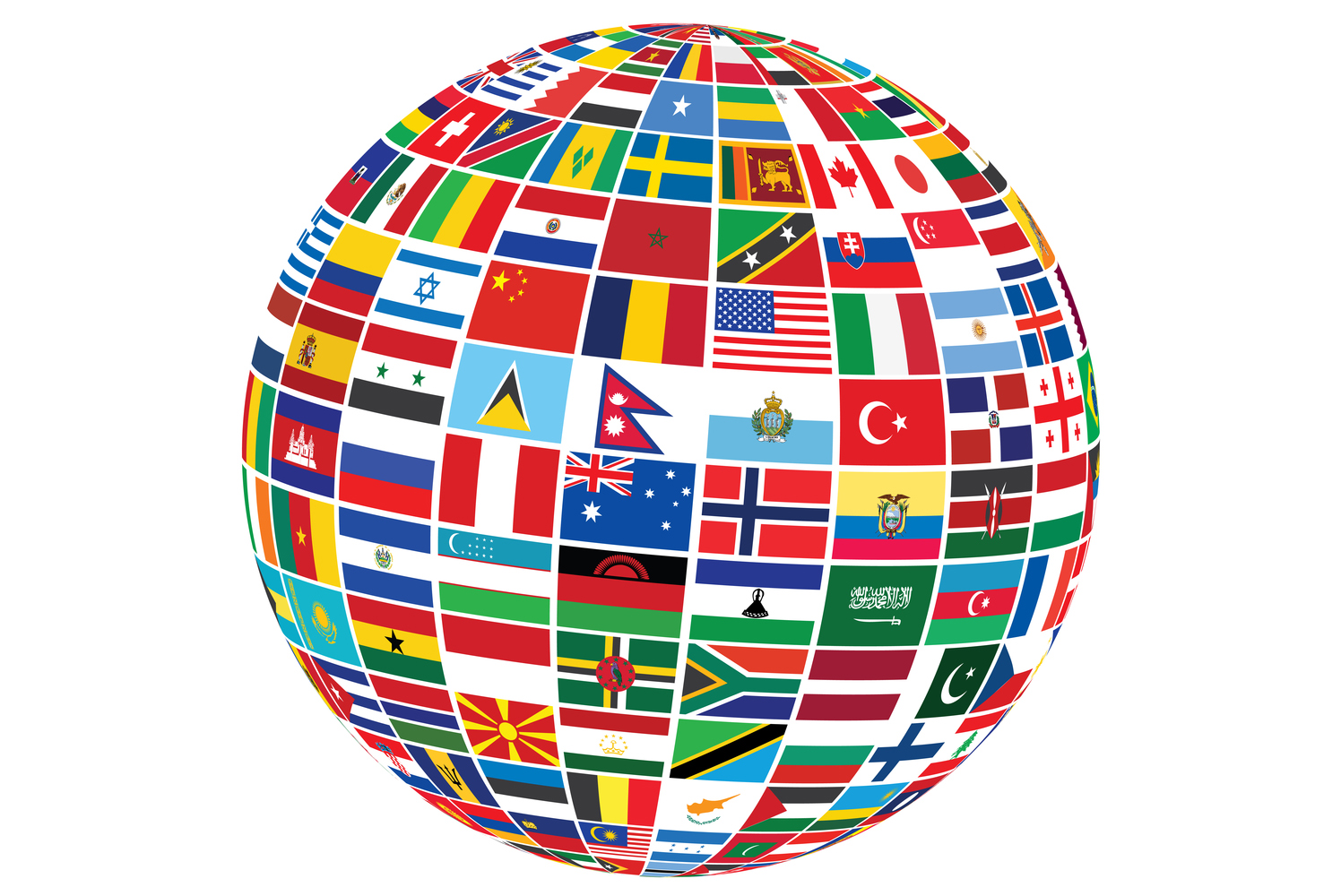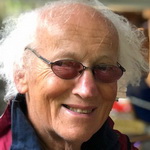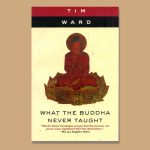In Part 5 of Shanti’s series, we travel through the history of humankind, from family groups, to tribes, chiefdoms and states, kept together by organized religions

The Holocene is the name given to the last 11,700 years of Earth’s history. The word Holocene is formed from two ancient Greek words, Holos (ὅλος) for “whole”, “Cene” from the Greek word kainos (καινός), meaning “new”. The concept is that this epoch is ‘entirely new’.
It’s the time since the end of the last major glacial epoch, the Weichselian glaciation. Since then, there have been small-scale climate shifts, notably the Little Ice Age between about 1200 and 1700 CE. But in general the Holocene has been a relatively warm and stable interglacial period.
An interglacial period is a geological interval of warmer global average temperatures, lasting thousands of years, that separates consecutive glacial periods within an ice age.
To observe a Holocene environment, you simply look through the window of your car!
The Holocene is witnessing all of humanity’s recorded history and the rise and fall of all its civilizations, the early Sumerian, the ancient Egyptian and the Indus River Valley civilizations included.
Humanity has greatly influenced the Holocene environment. While all organisms influence their environments to some degree, few have ever changed the globe as much, or as fast, as our species is doing. Human activity is rightly being blamed for the die-out that has been going on for 12,000 years, commonly referred to as the Sixth Extinction, with an estimated extinction rate of 140,000 species per year.
The vast majority of scientists agree that human activity is also responsible for global warming, an observed increase in mean global temperatures that is still going on. Instead of heading for the cold of a new glacial in the (geologically) nearby future, we shifted course towards the present heat which causes the ongoing mass extinction of plant and animal species.
In the beginning of the 70’s of the last century, after a prolonged global cool spell, many climate scientists, including some now focused on global warming, posited that the Earth might already be seeing the onset of the next Big Chill. But the planet is feeling a new influence, and so did all those big mammals, the so-called megafauna: the influence of humans!
We ourselves are a geological force now, something like the Deccan Traps and other volcanic eruptions poisoning the atmosphere, or like the asteroid hitting the Earth in the Yucatan Peninsula, Mexico, but with a difference: we can see what we are doing and adjust our behavior, preferably in time! The Holocene has also seen the great development of human knowledge and technology which can be used, and is being used, to understand the changes that we see, to predict their effects and to stop or ameliorate the damage they do to the Earth, and to ourselves as well!
But how wise are we, how sapiens? It was Carolus Linnaeus who baptized us as wise in 1758, in the 10th edition of his ‘Systema Naturae’. Was it Linnaeus’ mistake to call us wise, or did he foresee our potential, our capacity to learn, to change, to make the transition from the childish and irresponsible start we are still in at the moment, to a realization of our intelligence, our wisdom, our inheritance, our dignity as a human being?
As a species we haven’t flowered yet! To do so, we will have to go beyond our present state as ‘Homo vorax’, the voracious man, and realize the dream we carry inside as our imprisoned splendour. My understanding is that this is the real transition we will have to make. And if we do not change, we may end up where we are heading: dying a premature and meaningless death, a death before life has flowered in us.
Up to now we have lived and died under the spell, the hypnotic suggestion of fictions, of a God and a Fatherland, the state. But who created these political bounderies and the Gods and why were they invented, for what purpose? In his earlier-mentioned and Pulitzer Prize-winning book, Guns, Germs and Steel: The Fates of Human Societies, Jared Diamond gives an intelligent answer and a short history of the development of human societies as well.
In the history of our kind, humankind, the family-group has been the smallest community possible for most of the time. From 5 to 80 people were closely related to each other, by birth or by marriage.
About 13,000 years ago, family-groups began to live together in a larger community, the tribe. A tribe consisted of a few hundred people. Everyone knew everyone else by name and relationship.
Archaeological evidence suggests that chiefdoms arose out of tribes because of rising populations, about 7,500 years ago, in the Fertile Crescent, near the rivers Tigris and Euphrates, and 3,000 years ago in Central America and the Andes area. A chiefdom consisted of several thousands to tens of thousands of people.
The Chief was thought of as ‘divine’ himself, or at least as having a private and exclusive hotline to the ‘Other Worlds’ in the heavens.
In conspiracy with the so-called priesthood the Chief declared a ‘State Religion’, providing a bond between people not based on kinship. This kept them away from killing each other and gave warriors a motive for sacrificing their lives in a battle, making them much more effective in conquest.
Chiefdoms from around the world have been found to justify political power through divine authority. This suggests that political authority coopts collective religious belief to bolster itself. We see this happening still in our days in countries like Iran. In other countries, we find a division of this labor, job-sharing or dual job: presidents for the worldly affairs, popes and priests for the other-worldly. In a joint effort they still rule the world, one blessing and consecrating the other in exchange for a kiss on the feet, or by accepting the presidency with an oath on a so-called Holy Book.
Nowadays the names of the mightiest among them (according to Forbes) are Joe Biden, Xi Jinping, Vladimir Putin, Olaf Scholz, Pope Francis, Narendra Modi, Emmanuel Macron, Rishi Sunak, Mohammed bin Salman Al Saud, Ali Hoseini-Khamenei, Benjamin Netanyahu and Kim Jong-un. Most of them are playing with fire: atomic weapons, ready to be lauched and to destroy mankind.
States arose 3,700 BC in Mesopotamia, and later in Meso-America, China, South-East Asia, the Andes and West Africa.
A state consists of 50,000 to one billion people.
Even in so-called modern states, a shared ideology or an organized religion first “helps solve the problem of how unrelated individuals are to live together without killing each other, by providing them with a bond not based on kinship” and second “gives people a motive, other than genetic self-interest, for sacrificing their lives on behalf of others” (Diamond, page 278). Yes, the Gods themselves are later than man, they are man’s invention, man’s creation.
‘Gods’ are the revenue model of the clergy of the world. They have hung the main prize for man – the sausage of fulfillment – in an afterlife, a so-called heaven, a paradise, and by doing so they have taken away, or at least poisoned this life here on earth of those same good believers.
Organized religions are man-made and so are all ideologies. In conspiracy with the nations they serve, they are dividing the one humanity. When are we going to choose to drop them, to live without them?
To be continued…
Related articles on Osho News
- All articles in this series, Humans Are Still Young
- All articles in the series, At Home in the Universe





Comments are closed.